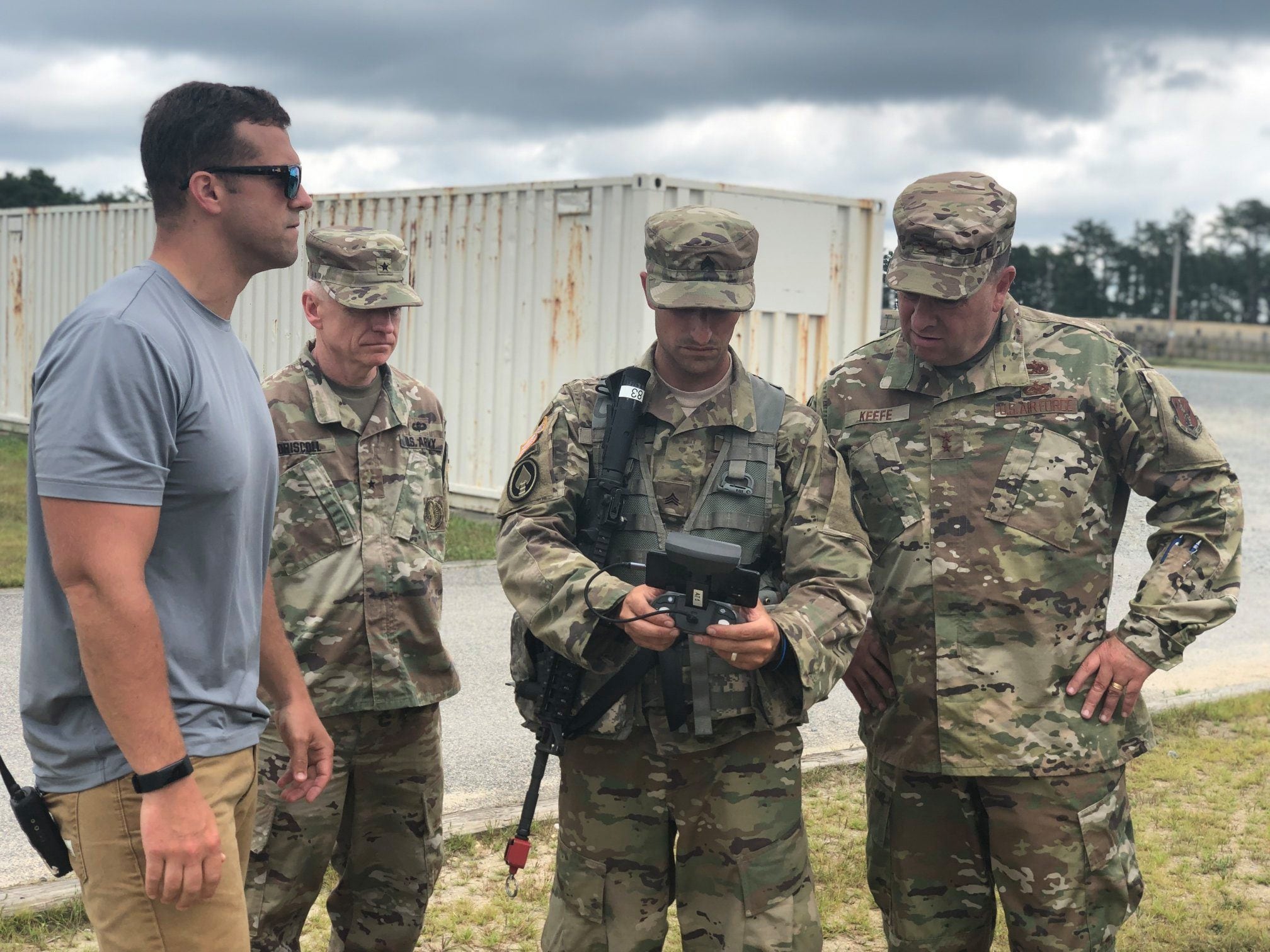WASHINGTON — The Defense Department’s technology advisory board is launching two studies focused on identifying the practices and policies that impede innovation and improving the way the Pentagon uses and integrates data, from battlefield operations to acquisition processes.
The deputy undersecretary of defense for research and engineering, David Honey, commissioned the Defense Innovation Board to complete the two studies by February.
RELATED

The innovation report is driven by recent organizational changes within the department, Honey said in an Oct. 6 memo, which was published this week. Those changes include the elevation of the Defense Innovation Unit as a direct report to the secretary of defense and the establishment of the deputy defense secretary’s Innovation Steering Group, the Office of Strategic Capital and Task Force Lima — a group created in August to analyze and integrate generative AI tools.
It also comes amid DoD plans to field thousands of small drones and other autonomous systems over the next 18 to 24 months, an effort dubbed Replicator that is likely to depend on significant coordination among the services and greater integration of commercial capabilities.
“The recommendations should focus on procedures that align Department incentives, policies for accelerating and scaling new warfighting capabilities, and practices that inspire and attract the next generation of innovators,” Honey said in the memo.
Proposed changes should be broad, he said, ranging from security to acquisition to information technology and human capital. They should also be recommendations the Pentagon can act on quickly, “laying the groundwork needed to compete and overmatch in a technology and innovation driven environment,” the memo states.
The impetus for the second study, focused on data integration, is the Pentagon’s strategic push to elevate data sharing. Both the 2022 National Defense Strategy and the 2023 National Defense Science & Technology Strategy emphasize the need for the department to better utilize information in what Honey calls a “data economy.”
That economic environment, he said, would enable initiatives like Replicator, Task Force Lima and Combined Joint All-Domain Command and Control — a DoD-wide effort to create a more networked future force.
“Implementing these critical efforts will require refining and scaling a modern, standards-based data enterprise architecture across the department,” Honey said.
The study should evaluate the gaps within DoD’s existing data enterprise and recommend steps to establish an “assured, available and accessible” ecosystem by 2025.
Courtney Albon is C4ISRNET’s space and emerging technology reporter. She has covered the U.S. military since 2012, with a focus on the Air Force and Space Force. She has reported on some of the Defense Department’s most significant acquisition, budget and policy challenges.








